Competition brief
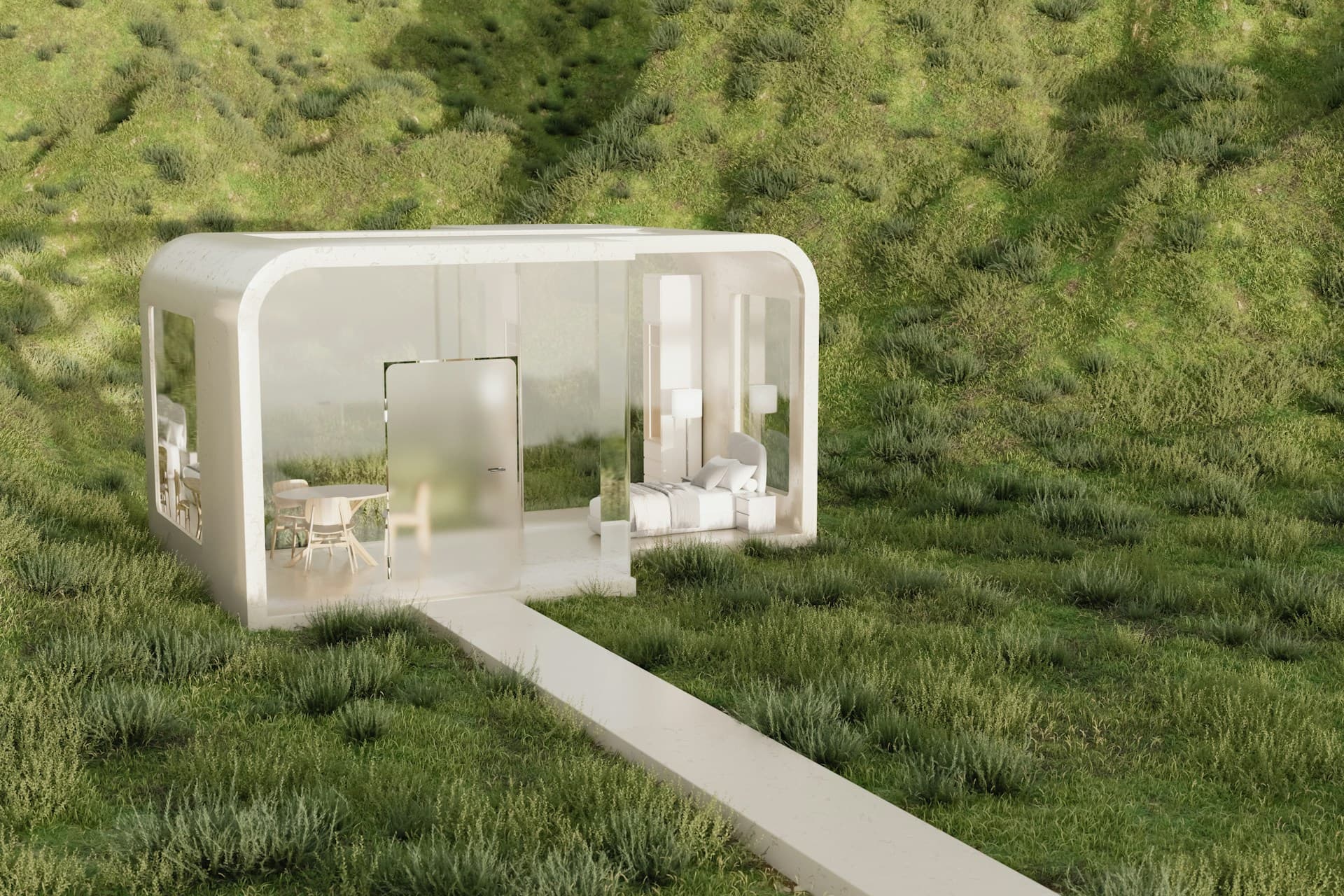
Design Competition
Nano Home
Key Dates
*All times are in UTC
Registration fees
Brief
The Nano Home 2024 competition invites you to design an off-grid modular home for a hypothetical young professional couple, chosen as the standard family size for this challenge. The home’s total floor area must not exceed 25 square meters, encouraging participants to unleash their creativity and think innovatively within this compact space.
This competition challenges you to:
Reimagine spatial organization to make the most of limited space.
Incorporate cutting-edge aesthetics, technologies, and materials.
Transform the micro-home from a small structure into a groundbreaking living concept.
There are no restrictions on where these designs can be located. Whether urban or rural, anywhere in the world can serve as the setting for your micro-home concept. Designs that prioritize sustainability and creatively address economic, social, and cultural challenges will stand out.
The Nano Home 2024 competition is your chance to shape the future of micro-living and redefine residential architecture.
Key Details:
Eligibility: Open to everyone; no professional qualifications required.
Teams: Work individually or in teams of up to 4 members.
Language: All submissions and communication must be in English.
Bring your vision, innovation, and creativity to this exciting challenge!
Judging
This competition will recognize 10 winners - top 5 entries and 5 honorable mentions.
The winners of this competition will be decided through public voting. Anyone can participate in the voting, but each person is allowed to vote only once. Voting will begin after the submission deadline has passed, and once a vote is cast, it cannot be changed.
Winners
1st Place

where you live
A modular off-grid house occupies urban space freely. Instead of being fixed in one place, the small 25-square-meter home of a working couple becomes a variable that continuously changes according to their workplace and preferences. They can fit their house into an alley between buildings or place it in the middle of a park. If they wish, their home could even be set on top of a building. The densely packed population in small urban spaces makes the conventional approach of selecting "the most suitable place among available options" impossible. Instead, we propose a new way of living that makes the most suitable place "possible."

choi won woo
February 15, 2025
2nd Place

EDGE HOUSE
An architecture limited to the interior, even if it is on a green background and the whole forest is visible from behind the glass, is nothing but the accumulation of materials and following the conventional construction methods. Consequently, living in such a space will lead neither to a change in human behavior nor a better understanding of nature. Today, with the increasing demand for small-scale modular houses, a deeper link between architecture and nature must definitely be defined through a third space called “interface space” or “connecting space” to blur the line between nature and the body of architecture. Inspired by this kind of view, this project attempts to be part of the realm of nature in harmony with different contexts and improve the functional aspects of modular houses. In fact, the project is inspired by the spatial relationships of rural houses that can both act independently and form a modular village in connection with each other. This project is made of a combination of two cubic and sloping modules with dimensions of four and a half meters long with a width and height of two meters and eighty centimeters. The sloping modules are located on four cubic modules. This sloping roof is suitable for collecting rainwater, placing solar panels, sleeping space, rest and storage water tank for the bathroom and provides more height for window lighting. Although each house can operate independently, the connection between them is possible through wooden suspended decks that are one meter above the ground and can be easily opened and closed. This spatial relationship can have different arrangements according to lighting conditions, topography, landscape and viewing angle and can be easily changed. Four houses were selected for living that can be attached to each other or connected to each other through wooden decks. Each function has its own spatial organization and can be changed according to the client’s wishes. For example, the working space can be placed with the bathroom and the WC, or the sleeping and working space can be together so that even a final module can be ordered.

ABDOLRAHMAN KADKHODASALEHI
December 16, 2024
3rd Place

Nano-Aquatic Home: A Futuristic Vision for Independent Micro-Living
The Nano-Aquatic Home offers an innovative solution for the future of self-sufficient micro-living. Inspired by the biomimetic allure of the Cubicus Boxfish, this modular, autonomous dwelling transforms the very concept of a micro-home into a self-sustaining refuge that gently floats on the water. Designed for a hypothetical young couple, it presents a fusion of cutting-edge aesthetics, advanced technologies, and sustainable materials within a space of up to 25 square meters. Innovative Spatial Organization_ The interior features a multifunctional area for both living and sleeping, incorporating adaptable furniture, integrated storage solutions, and panoramic windows that dissolve the boundary between the home and its aquatic surroundings. Despite its limited size, the design imparts a sense of openness and tranquility, elevating micro-living to a refined experience. Advanced Aesthetics and Technologies_ Embracing a minimalist yet functional aesthetic, these futuristic dwellings invite residents to adopt a lifestyle built on simplicity, sustainability, and serenity. They exemplify a new era of creative solutions, where architecture dynamically responds to evolving global challenges. The Nano-Aquatic Home’s forward-looking design is not merely a visual statement but also a testament to technological progress. The exterior—crafted from lightweight yet durable recycled composites—mimics the streamlined form of the Cubicus Boxfish to ensure stability and energy efficiency. Sensors and advanced technologies track energy consumption, regulate interior conditions, and enhance user comfort through intuitive controls. Solar panels integrated into the roof and walls generate renewable energy, while a sophisticated desalination and water purification system enables complete self-sufficiency. Smart-home technology strengthens energy optimization, security, and connectivity, establishing a responsive, user-centric environment. Sustainability at the Core of Design_ Sustainability is the cornerstone of the Nano-Aquatic Home’s design. Its modular structure minimizes waste and reduces transportation-related emissions, while its autonomous functionality removes the need for external resources. Materials have been selected not only for their environmental impact but also for their capacity to endure harsh marine conditions, ensuring durability and reducing maintenance. The floating design additionally makes it possible to inhabit regions affected by rising sea levels, thus addressing the economic and social challenges brought about by climate change. A Global Concept for Micro-Homes_ Although conceived for aquatic environments, the home’s modular design allows for scalability and customization, accommodating diverse lifestyles while maintaining environmental sensitivity. Its compact footprint and self-sufficient systems enable it to thrive in locations where conventional housing solutions prove impractical or unsustainable. Ultimately, it promotes a new way of living that values simplicity, communion with nature, and environmental responsibility—resonating with those who seek a lifestyle aligned with modern values. Redefining the Future of Micro-Living_ By challenging traditional housing concepts, this project provides an innovative, sustainable solution for a rapidly changing world, striking a harmonious balance between nature and technology. Through the integration of biomimetics, advanced technologies, and sustainable practices, it redefines the potential of micro-living and symbolizes transformative change in how humanity envisions habitation.

Aramdokht Jabbari
January 21, 2025
5th Place
.png&w=3840&q=75)
Lake of house
A bamboo wood house, with a futuristic and ecological architectural style, which integrates with the natural landscape of the lagoon. Housing building, combines shapes, materials and colors, which create a contrast and harmony between the interior, as well as the modern and relaxing exterior, in a natural and tropical environment

David Abreu
January 10, 2025
Honorable Mention
Honorable Mention
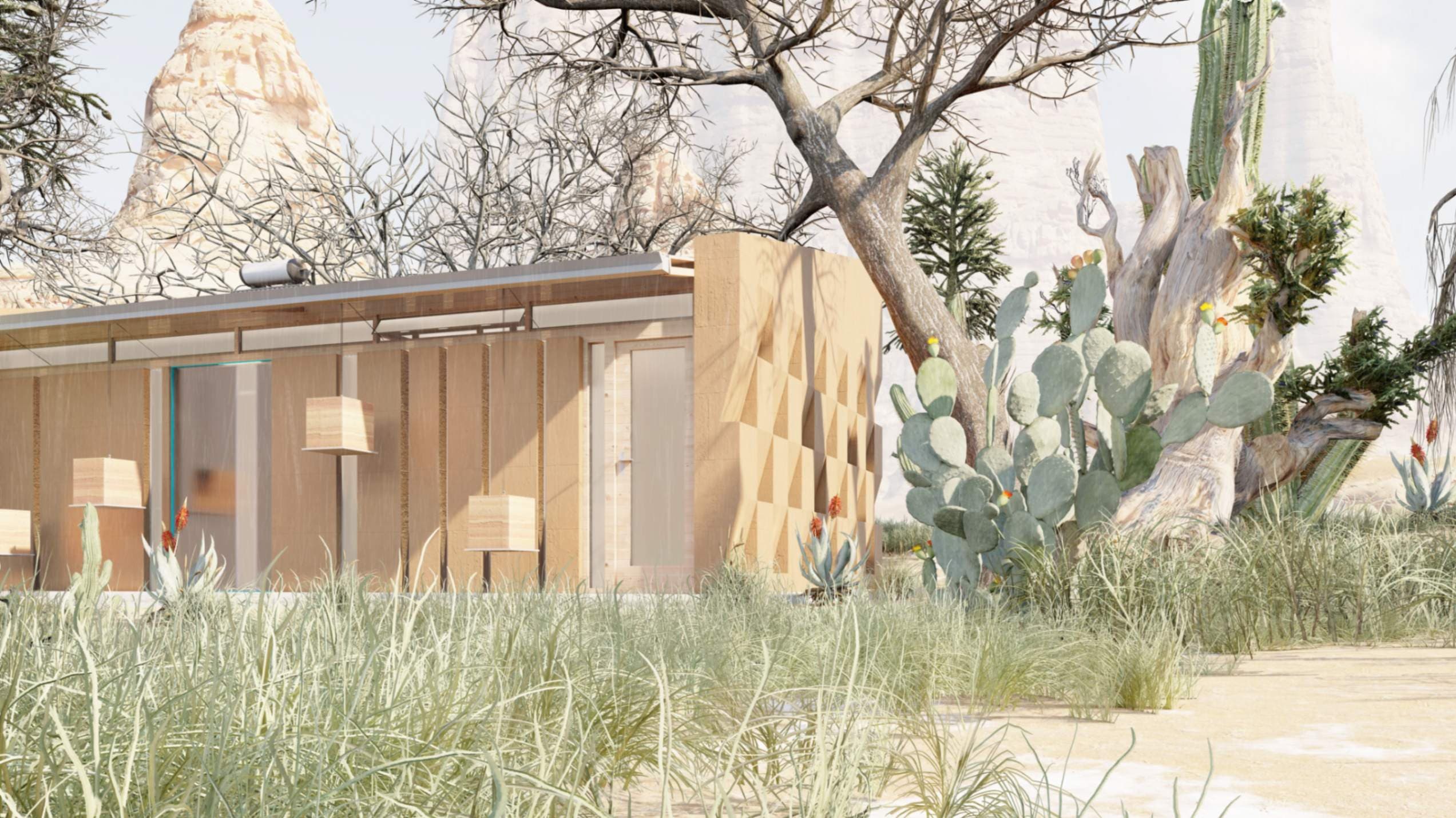
Lun_Ari - Nano Home in Rammed Earth
Introduction This proposal is part of the Nano Home competition, which challenges designers to conceive a minimal dwelling under 25 m², capable of addressing today’s demands for livability, sustainability, and spatial efficiency. Set in a mountainous and arid context inspired by the Atacama Desert, this compact home offers a replicable model of sustainable architecture, using rammed earth, passive design strategies, and energy autonomy as its core principles.

Victor Alfonso Montañez
February 1, 2025
Inspired? Check out these competitions
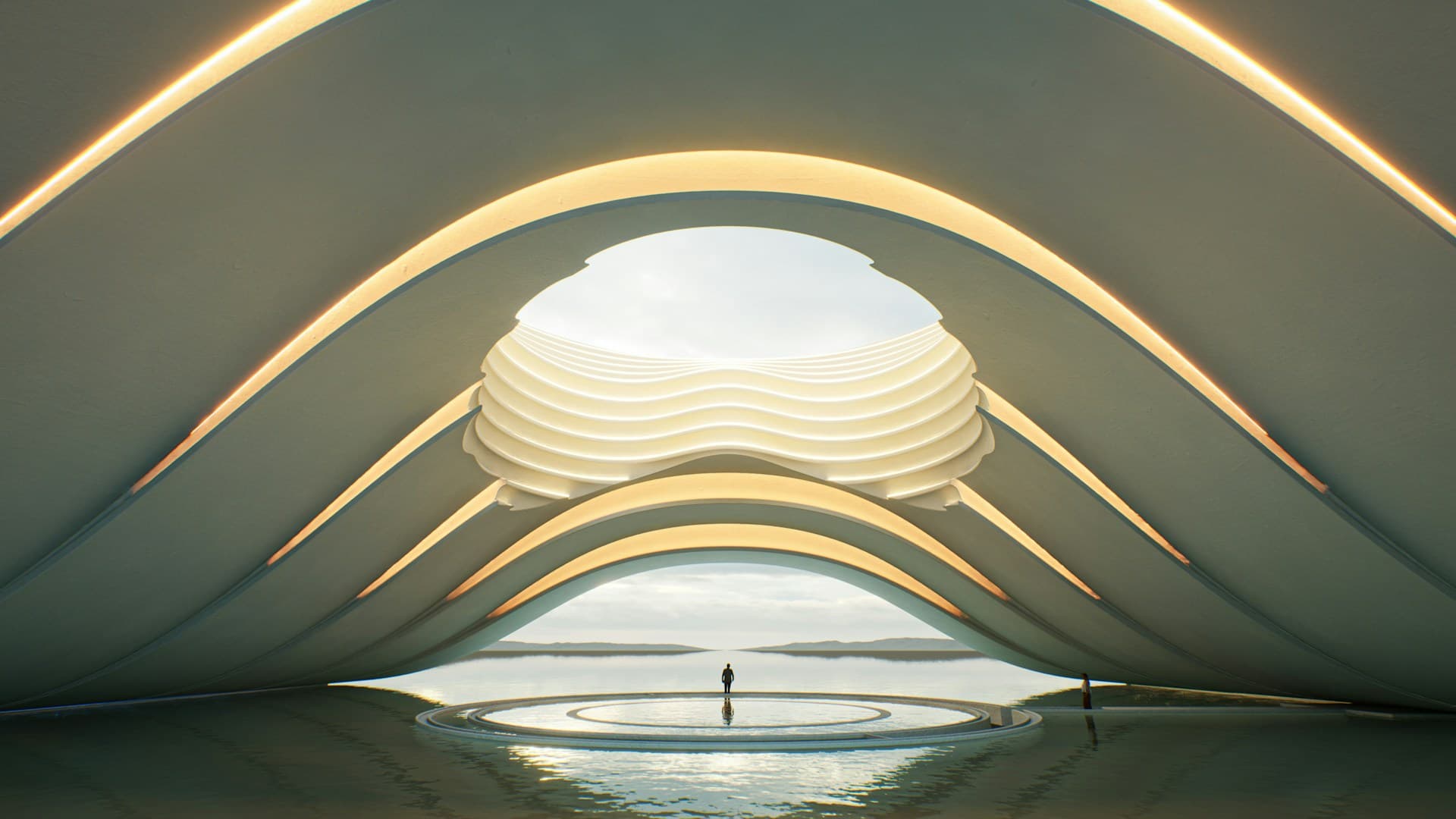
Visualization Award
Registration: Aug 24th 2025
Submission: Aug 24th 2025

Rebuild LA
Registration: Jul 16th 2025
Submission: Jul 17th 2025
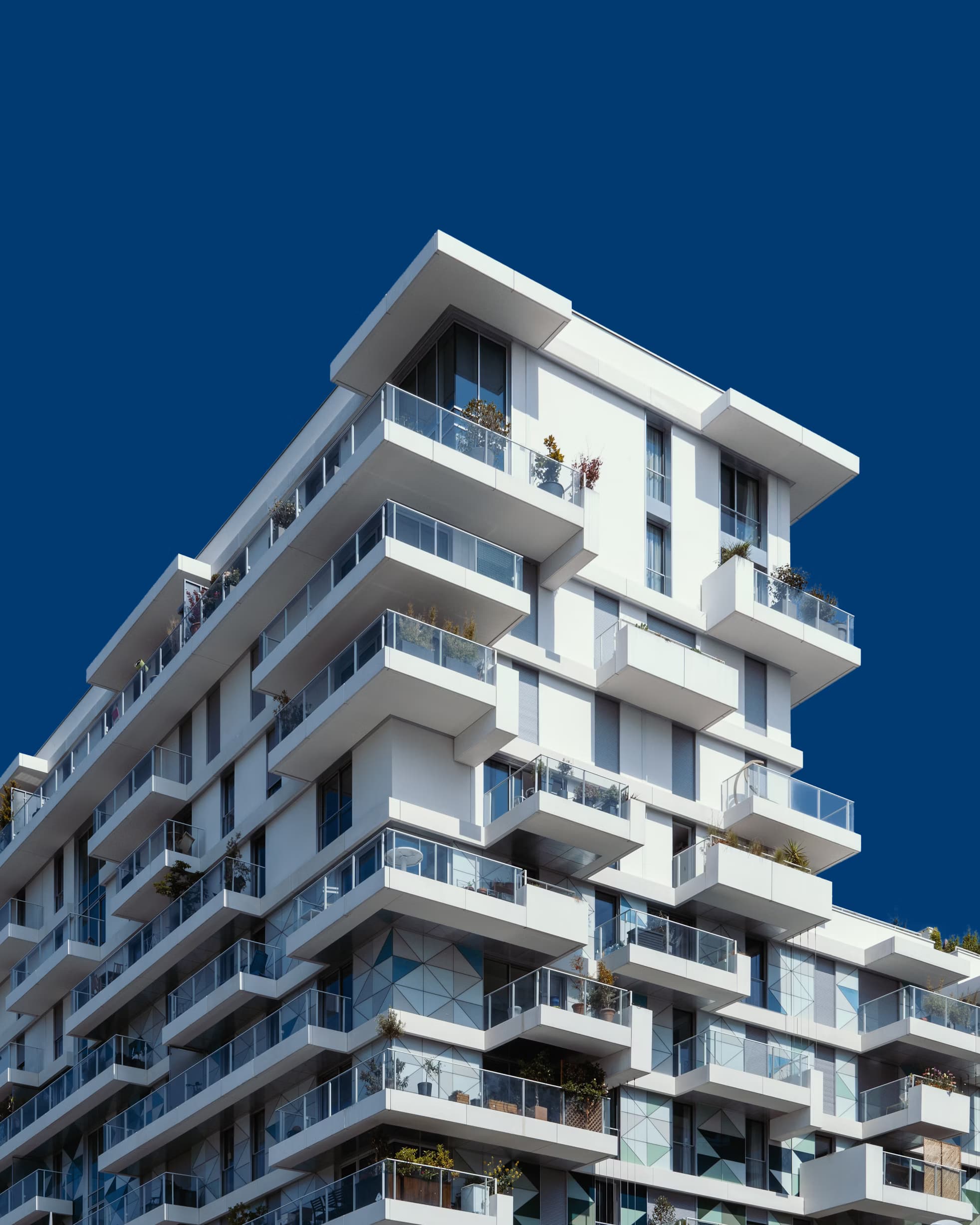
Affordable Housing 2025: New York
Registration: Apr 16th 2025
Submission: Apr 22nd 2025
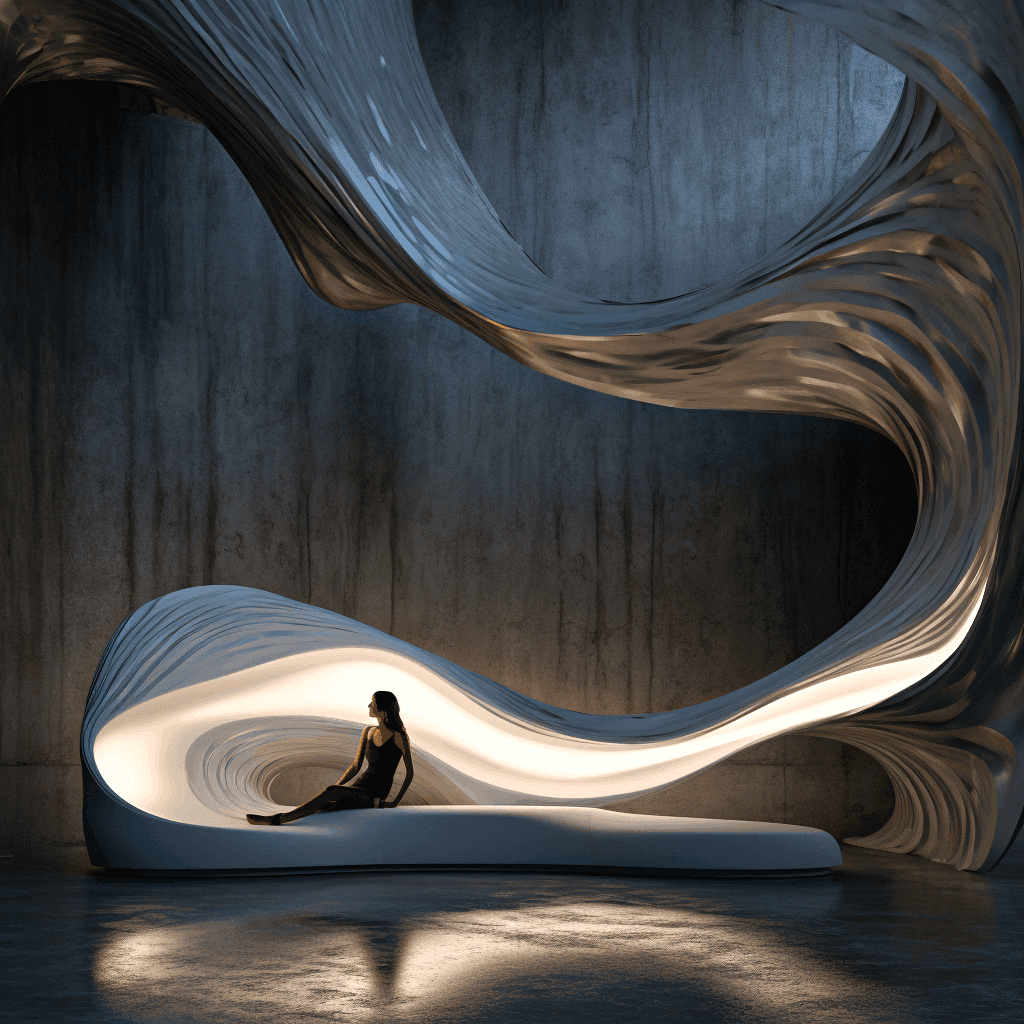
AI Architecture 2024
Registration: Jan 31st 2025
Submission: Jan 31st 2025
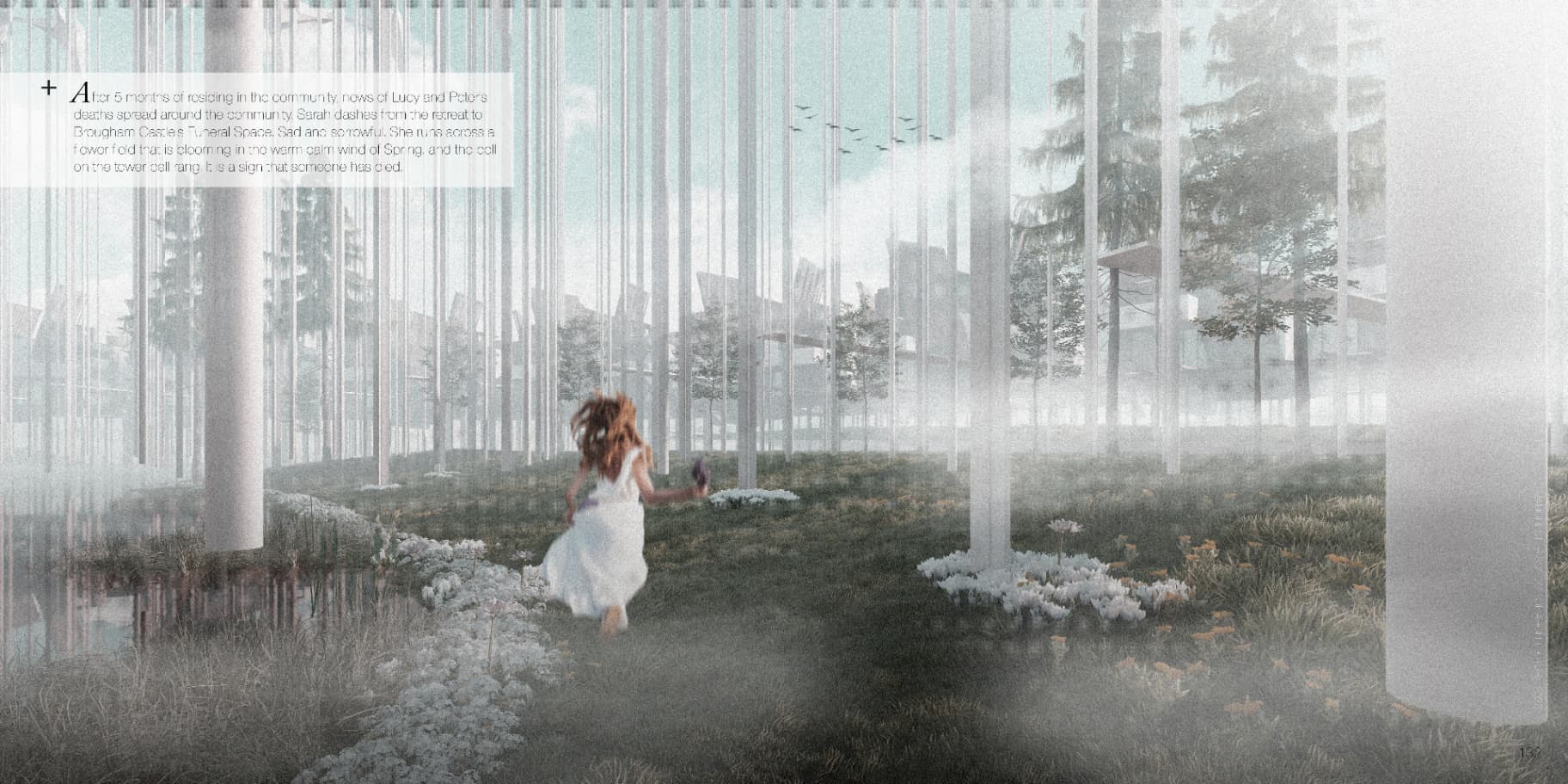
Visualization Award
Registration: Aug 1st 2024
Submission: Nov 1st 2024

Surplus Properties For Housing!
Registration: Dec 6th 2023
Submission: Mar 6th 2024



